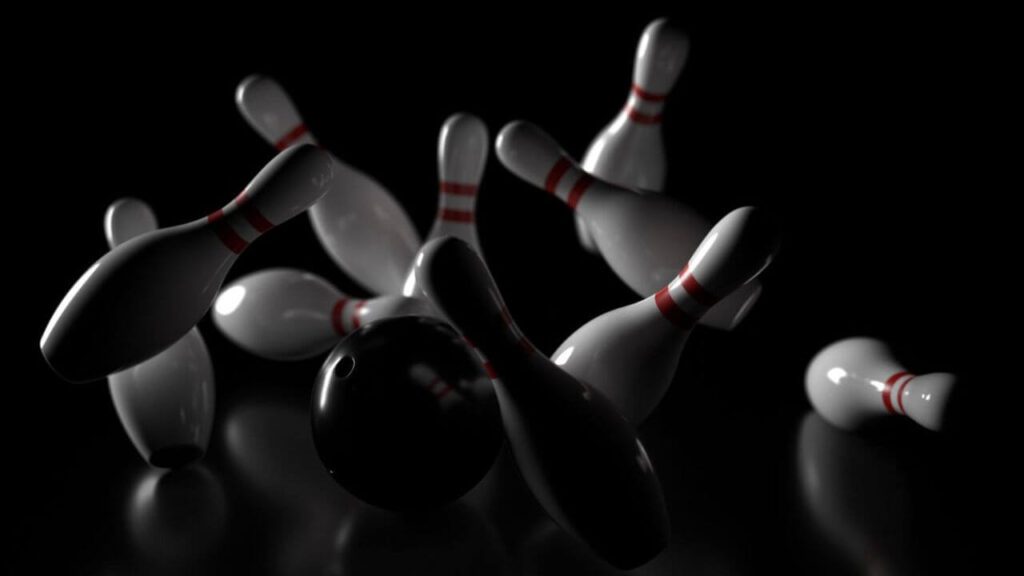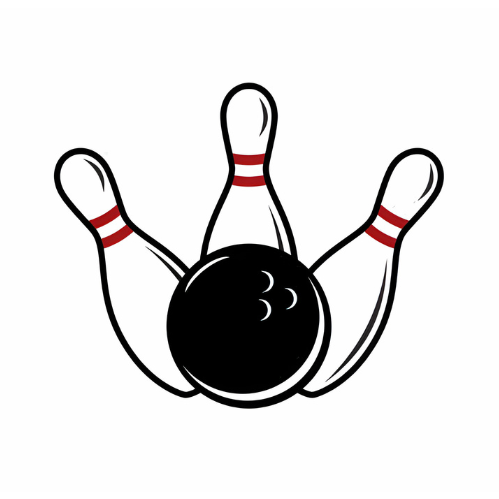Bowling handicap keeps the game fair and competitive for all kinds of bowlers, from a neophyte to a virtuoso. If you are not an experienced bowler, you’ll find handicap really useful as an incentive to stay competitive against other more experienced bowlers in a league.
But before getting this advantage you should calculate your bowling handicap. Are you thinking about how to calculate bowling handicap? Then you are in the right place. Learning how to calculate the bowling handicap is very easy. Let’s discuss the bowling handicap and how to calculate it.

What is a Bowling Handicap?
It is a percentage of the difference between your average and the basis average of the league or tournament. Not to worry if you don’t have the experience of bowling in a league. While you are playing the first few games the league will give you an average until you’re able to achieve your initial average.
You should ask your tournament or league officials about their determined basis score and percentage factor for the game. The basis score is a high score that is supposed to be higher than any individual average of a bowler. Usually, the basis score tends to range from 200 to 220. The sanctioning body of bowling.
The United States Bowling Congress (USBC), makes the rules and regulations of the game. USBC defines handicap as a necessary means to keep competitiveness in the game. When leagues place teams of varying degrees of skills together, handicaps help keep the game as equitable as possible.
Why should you learn to calculate the bowling handicap?
The newcomers or beginners in the game usually don’t understand the process of how to calculate bowling handicap. Beginner bowlers should be aware of the handicap system as it universally follows the same rules everywhere. Handicaps influence the competitive aspects of the game.
Handicaps are mostly seen in most amateur bowling leagues and tournaments. Calculating a bowling handicap will help a bowler compete against other bowlers with a better idea of his chance of winning and make better plans to win the game.
How to figure out bowling handicap
1. Determine your average
You’ll need to go through 12 games and at least three games’ scores to get an average in league bowling to qualify for any kind of award or league accolade. First, take the total number of pins and divide the number by the number of games. This is how you calculate your average. If your total score is 510 in three games, your average score is 170.
2. Determine The Basis Score
Ask your tournament or league secretary about the basic score as it varies from one league to the next. Usually, the basis score will be greater than any average in the league. 210 or 220 can be a typical basis score for a recreational league. Also, ask about the percentage factor. You will hear from league officials to take a percentage of the score to determine handicap.
3. Subtract Your Average From The Basis Score
If your basis score is 220 and your average is 170, subtract your average from the basis score, that is, subtract 170 from 220, which will give you 50.
4. Multiply By The Percentage
Now, it’s time to use the percentage factor. Multiply the difference between the basis score and your average to the percentage factor your league uses, typically 90 percent. In our example, if you multiply 0.9 to 50, you’ll get 45 which is the handicap.
Tips for calculating
- The fluctuation of your handicap should observe every week. There’s the possibility of changing the basis. Only your average may change, which will cause your handicap to change.
- The percentage factor will vary from league to league as some use 90 percent, and others use 80 or 100 percent. Always make sure that you multiply the percentage factor at the very last stage of calculation which is after calculating the subtraction value of the basis score and your average.
Complain Against Handicaps
Some bowlers are against including handicaps in the sport. They think handicaps are diluting the perception of a bowler’s own expertise by letting him compete with anyone. It creates a false impression of accessibility to the sport. While it is very harsh criticism towards bowlers who use handicaps, handicaps do have a real drawback which is the element of sandbagging.
In tournaments or leagues where handicaps are counted, many players use this opportunity to sandbag their way into undeserving winnings, unlike seen in scratch leagues. Maybe that’s why you don’t see handicaps being used at the highest levels of bowling. And even in standard.
Recreational league handicaps may cause your team to lose games and money if that’s included in the game. For example, a bowler in your league who’s usual average score is 200. For the first few weeks of the league, he can’t keep his average higher than 180. Then, as the games get closer to the qualifying weeks or there’s money involved in the games.
The bowler suddenly can’t seem to score below 220. He’s already got approximately an extra 20 pins of handicap and is shooting 220s now. That means his opponent will need to score more than 240 to win, which is hard to do, especially hard to score in a recreational league.
Conclusion
Handicap in leagues usually creates goodwill among most bowlers and keeps a friendly competitive atmosphere. Handicap in tournaments can be rewarding for many bowlers, especially beginners, to be able to stay competitive throughout the game. And it has become useful for you too in tournaments as you’ve learned how to calculate bowling handicaps.

